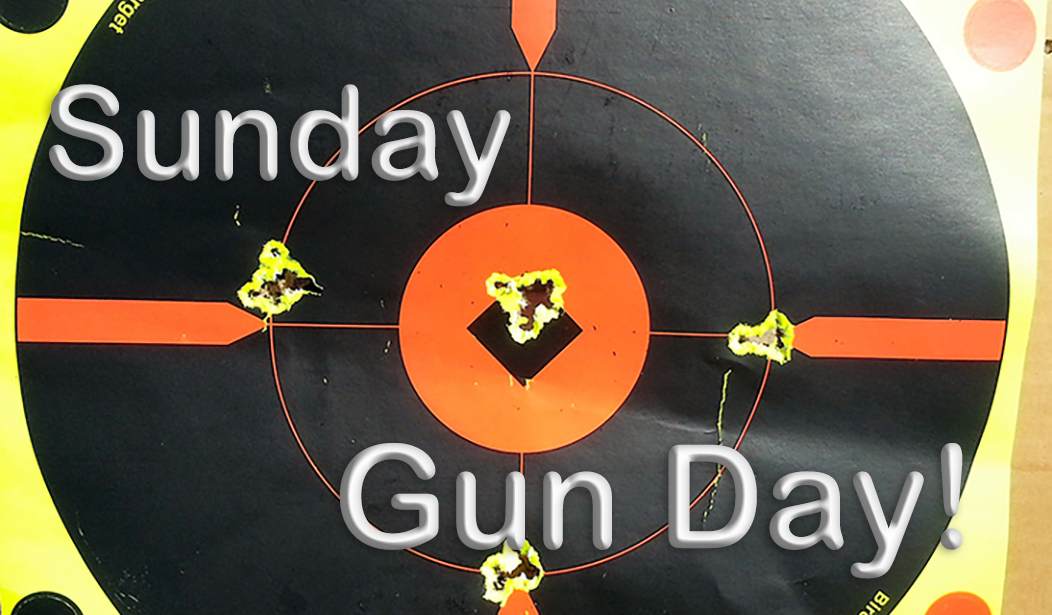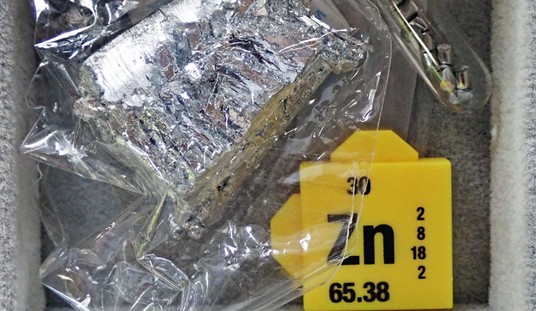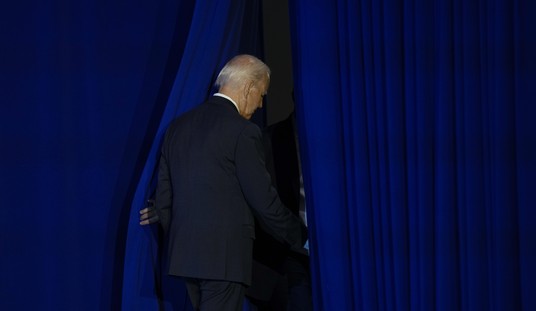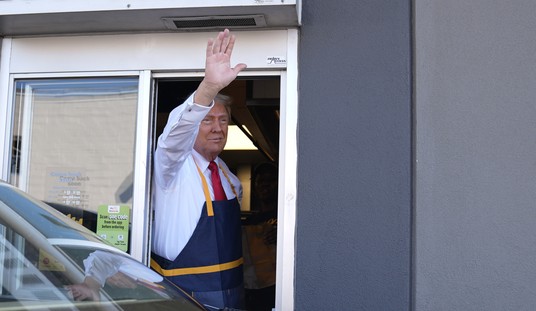World War II, and the Marines’ Other Rifle
Mention “World War 2” and “rifle” in the same sentence, and most people who know the history of firearms would immediately think of the M1 Garand. That’s understandable. It was the United States military’s primary service rifle, an excellent piece of work, one no less than General Patton described as the greatest battle implement ever devised.
But there was another semi-automatic rifle that saw service in World War 2. Like the M1, it was chambered in the grand old .30-06. Like the M1, it was a semi-automatic rifle. Unlike the M1, it was fed by an integral rotary magazine with a 10-round capacity, could be “topped up” easily with single rounds, and was recoil-operated, rather than gas-operated.
That rifle was the M1941 Johnson rifle, and it’s becoming a near-forgotten piece of World War 2 history.
The Design
This story begins in 1936, with a man named Melvin Maynard Johnson, Jr. This was the year that the M1 Garand was officially adopted; however, due to the time required to tool up for mass production of the M1, many troops and Marines were still using the M1903 Springfield. Now, the Springfield is a fine rifle, but the United States armed services were determined to have semi-automatic rifles.
Melvin Johnson had his own design, and in that year, he founded the Johnson Automatics Company to manufacture his rifle.
Johnson proposed his rifle, not to replace the M1, but to supplement it, in much the same manner that the M1917 Enfield rifle augmented supplies of the M1903 Springfield during the Great War. Johnson was concerned that the Garand’s gas-operated action would face problems in the harsh conditions of combat, and so had designed his rifle with a short-recoil action, which he considered more robust.
The Johnson did have one interesting advantage over the M1. Instead of the Garand’s en bloc 8-round clip, the Johnson had a 10-round rotary magazine, which loaded with stripper clips of the sort used with the Springfield rifle. But it could also be “topped up” with individual .30-06 rounds, which was not impossible with the Garand, but it was certainly inconvenient. The Johnson’s design also allowed for a quick and easy barrel change without special tools, making the design adaptable for a light machine gun – and again, the Army already had the Browning Automatic Rifle for that role.
In 1940, with war on the horizon and, indeed, already raging in Europe and Asia, Johnson submitted his rifle to the U.S. government for military trials. The Johnson rifle didn’t blow up many skirts in Washington, showing no marked advantage over the already adopted M1, so the design languished. The Dutch ordered 10,000 rifles for their forces in the Dutch East Indies, which was keeping an eye on the increasingly bellicose Japanese, but other than that, the design languished. The Dutch rifles, at least all of them, were never delivered, as the Japanese occupied the Dutch East Indies before most of the rifles were delivered. The Dutch had named the rifle, calling it the M1941 Johnson, and that became the name that America would know it by.
Then came December 7th, 1941.
The Guns
In 1941 and 1942, the United States Marine Corps was the smallest branch of the armed forces and sort of behind the door, so to speak, when it came to weapons issue. While their Army counterparts were fielding the M1 Garand, the Devil Dogs were wading ashore in places like Guadalcanal with M1903 Springfield rifles and obsolete, water-cooled Browning M1917 .30 caliber machine guns. This wasn’t acceptable, and eventually, an enterprising Marine officer “discovered” the unshipped Johnson rifles and caused them to be sent to the Marines in the Pacific.
That officer, interestingly enough, was one Captain (later Major) Melvin Maynard Johnson. Yes, the rifle's inventor, now an active Marine Corps officer. Johnson had been commissioned into the Marine Corps Reserve as a 2nd Lieutenant in 1933, and now was doing his part for the war effort, and promoting his own rifle into the bargain, along with another invention, the M1941 light machine gun.Read More: Sunday Gun Day Vol. III Ep. XVI - Rarest of the Rare, the 30-06 Thompson
The Marines liked the Johnson and ended up reportedly ordering more, for a total of around 30,000, including the 10,000 Dutch rifles. One account claims that the Dutch-purchased Johnson rifles were discovered by their creator literally on the docks where they had been meant for shipment to the Dutch East Indies, and that he and his fellow Marines just engaged in a Strategic Transfer of Equipment to an Alternate Location, or STEAL, and that the Johnsons were never officially on the books of the Corps’ logistics accounts. That’s unverified, but it would be a very American thing to do – and in the end, the Marines got their rifles, using them in places like Bougainville, New Britain, and a few other islands in the famous island-hopping campaign.
What Happened to Them?
It’s not completely clear what happened to the Marines’ Johnson rifles after the war. Since they were acquired by the classic U.S. military method of STEAL, or so the story goes, a lot of these rifles may have accompanied some Marines back home after the war. There’s no reason why they shouldn’t have seen good use stateside, as a hunting or target rifle. They were and are good shooters, and while most states restrict hunting rifles to a 5-shot magazine capacity, any half-way decent tinkerer should be able to find a way to make that happen, even with the Johnson’s rotary magazine.
Read More: Sunday Gun Day Vol. II Ep. IV - Five Great Infantry Rifles
Enough Johnsons were built that you still see them around gun shows and in online auctions today, although they are uncommon enough that a working example will fetch a fancy price. Working guns that look to be in shooting condition, on the several sites I looked for them on, seem to be running for between $6,000 and $12,000, and that’s a pretty fair chunk of cash, considering one can pick up a shootable example of the much more common M1 for under $2,000 most days.
Still, the Johnson is something different. In the history of “also-rans” in the gun world, the Johnson and its creator make for a great tale – a case in which a gun designer and Marine, seeing his fellow Marines with antiquated equipment, just plain took matters into his own hands. He improvised, they adapted, they overcame, and got the job done. That’s a neat bit of gun history all on its own.














